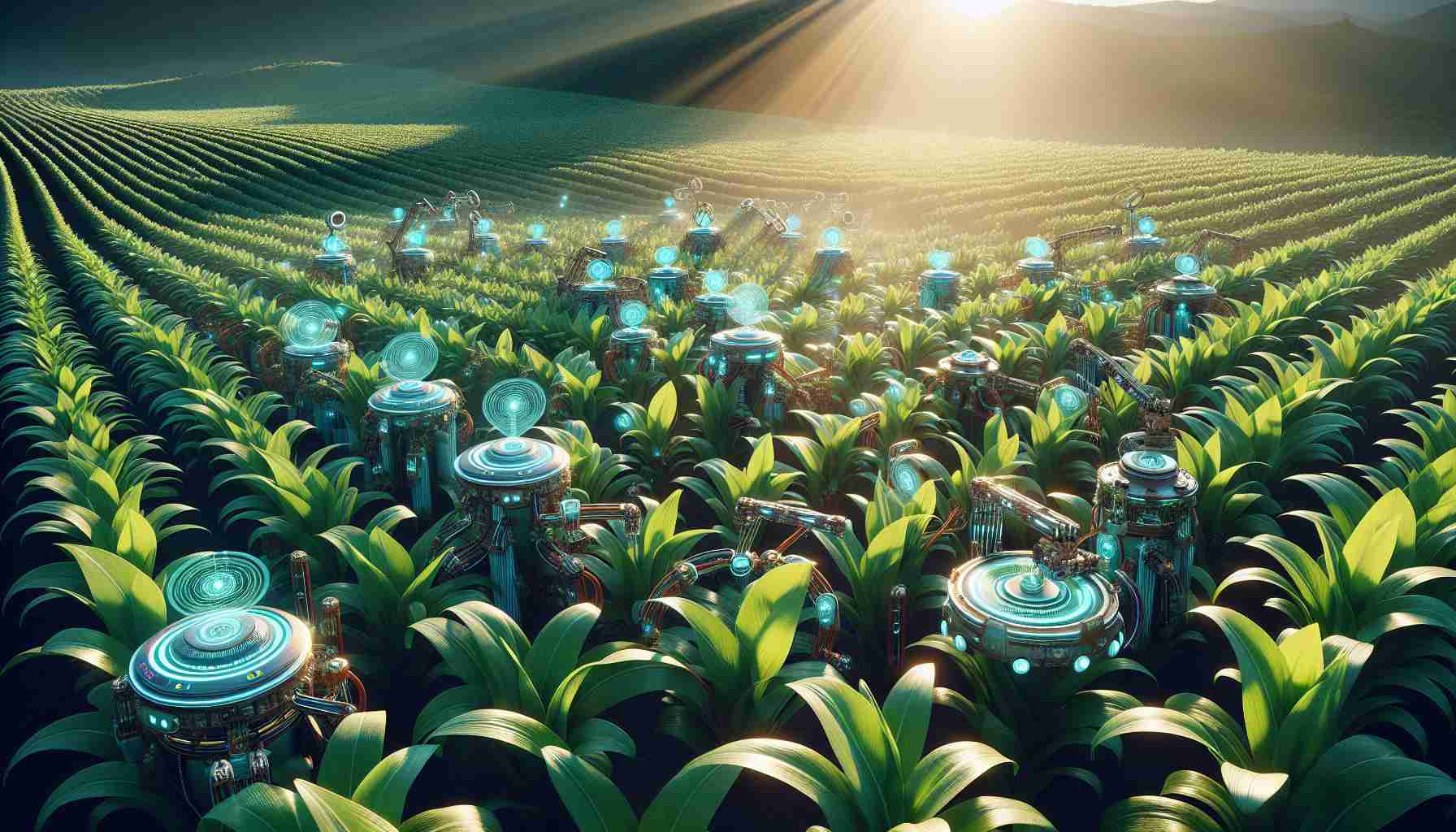The landscape of agriculture is on the verge of a significant transformation as the latest research on the Smart Agriculture Comprehensive Service Market unveils predictions for 2024 to 2031. This report offers a detailed analysis of both global and country-specific economic forecasts, providing valuable insights for stakeholders in the agricultural sector.
Amid rapid technological advancements, the study delivers a thorough examination of the competitive market. Understanding the evolving dynamics of the market can offer businesses an edge, driving more informed strategic decisions. Moreover, the research includes an extensive supply chain analysis, which sheds light on the intricate processes behind the scenes.
With smart agriculture expected to grow exponentially, stakeholders are provided with a panoramic view of the opportunities and challenges that lie ahead. Advanced technologies such as IoT, AI, and data analytics are predicted to play pivotal roles in reshaping agricultural practices worldwide.
This comprehensive report is not only a valuable resource for industry participants but also a beacon for new entrants aiming to tap into this burgeoning sector. As the push for sustainable and efficient farming methods increases, these insights from the forecast could guide pivotal changes and innovative solutions in the years to come.
For experts and novices in the field alike, understanding these trends is crucial as the world gears up for a smarter approach to agriculture. Embrace these insights and be a part of steering the future of farming into an era of unprecedented efficiency and productivity.
The Future of Farming: Unlocking Smart Agriculture’s Untapped Potential
In the era of technological revolutions, smart agriculture presents a fascinating frontier not only for enhancing farming efficiency but also for rejuvenating the broader scope of human development and technological progress. Beyond the initial revelations about market forecasts from 2024 to 2031, there lies a spectrum of intriguing opportunities and challenges that could significantly redefine how humanity interacts with food production and resource management.
How Blockchain Is Transforming Supply Chains
One of the lesser-discussed yet transformative innovations in agriculture is the integration of blockchain technology within supply chains. By securing data transparency and traceability, blockchain can lead to more trustworthy food sources and empower both producers and consumers with actionable insights. This not only helps in combating food fraud but also promotes sustainable farming practices by rewarding genuine efforts.
The Controversy Over Data Privacy in Agriculture
As with many data-driven sectors, the move towards smart agriculture raises concerns about data privacy. Farmers now share a wealth of information regarding crop yields, soil health, and even financial transactions, which could be vulnerable to breaches. This sparks an ongoing debate: How can we ensure that enhanced connectivity does not compromise individual privacy? Modern solutions are currently being sought to balance the benefits of data sharing with stringent privacy protections.
The Advantages and Disadvantages of AI in Farming
AI-powered tools promise to revolutionize crop management, irrigation, and pest control, making processes more intuitive and resource-efficient. However, these advancements come with a caveat; the high cost of implementing such technologies may not be accessible for small-scale farmers, potentially widening the gap between large agribusinesses and smaller farms. Furthermore, the ethical considerations of AI, such as dependency on machines and job displacement, remain to be fully addressed.
Questions and Answers
– Can Smart Agriculture Solve Global Food Shortages?
Possibly. Smart agriculture technologies optimize resource use, reduce waste, and increase yields which could combat food shortages. Yet, it requires global cooperation and equitable access to technologies.
– What Sustainable Practices Are Supported by Smart Agriculture?
Precision farming, vertical farming, and the use of drones for monitoring crops all contribute to more sustainable agricultural practices by minimizing inputs like water and fertilizers and maximizing outputs.
Exciting Prospects for Smart Agriculture
Despite the challenges, smart agriculture holds exciting potential. For instance, the development of hyperspectral imaging sensors can detect plant diseases much earlier than traditional methods, allowing timely intervention. This could greatly reduce the dependency on chemical treatments, promoting organic agriculture further.
In summary, smart agriculture is more than just a technical evolution; it’s a paradigm shift towards a more sustainable and equitable global food system. While the road to fully realizing its potential is undoubtedly complex, the promising intersections between agriculture and technology forecast a future where innovation can lead to enhanced food security and environmental health.
For further reading on technological advancements in agriculture, visit Nature or BBC.
